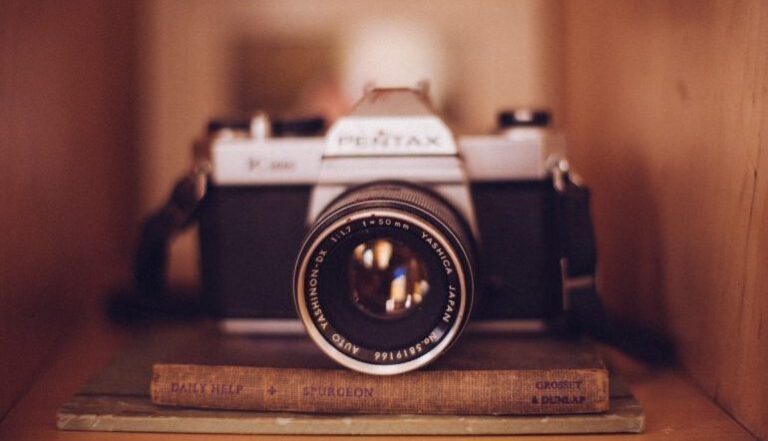Let’s Get Small: On Loving Miniature Books
“The miniature is mysterious. We wonder how all those parts work when they’re so small. We wonder ‘are they real?'”
-Lia Purpura
I just made a shamelessly sentimental purchase on eBay: a replacement for a tiny dictionary I once found in the toe of my Christmas stocking as a kid: a 2″ x 1-5/8″ Little Webster.
I am holding this miniature book in my hand now. I can’t help but marvel at the crisp clarity of its tiny font and the impossibly thin translucency of all of its 640 perfect-bound pages. I have other dictionaries that are more comprehensive (not to mention the anytime, anyplace access to reference works the Internet enables), but there is something in this book’s scaled-down completeness, the Lilliputian other-worldliness of it as a working object, that makes me love this dictionary not so much as a reference tool, but as a thing.
So, with a hat-tip to Lia Purpura’s brilliant gem of an essay, “On Miniatures” (which you can read in its tiny entirety in The Rose Metal Press Field Guide to Writing Flash Nonfiction, edited by Dinty W. Moore), I’d like to invite you to join me in exploring a few of the many mysteries and wonders of the miniature book.
1. Miniature books can travel through unusual channels.
With reduced dimensions comes increased portability. Some miniature books are so small and lightweight they can be slipped into an envelope alongside a letter, tucked inside a wallet, or—as is the case with the intriguing mini-books crafted by multidisciplinary artist, J. R. Carpenter—sold through a cigarette vending machine.
Smaller than a pack of smokes, many of Carpenter’s tiny books have sold for $2 apiece through rehabbed, coin-operated cigarette machines as part of the Distroboto project in Montreal.
2. Miniature books are kid-friendly.
Sized to fit into small hands, miniature books are perfect for kids. One of my earliest and fondest book memories is collecting the beautifully illustrated “Tales” series by Beatrix Potter.
I remember my sister and I also loved the quirky, boxed, four-volume Nutshell Library by Maurice Sendak, with its intricately illustrated Alligators All Around, Chicken Soup with Rice, One Was Johnny, and Pierre all bundled into one compact 3″ x 4″ package.
(Disclaimer: with covers measuring 5-1/2″ x 4-1/4″, the Beatrix Potter books are not quite true miniatures; 3 or 4 inches is usually the upper limit for this designation… Which brings us to reason #3.)
3. Miniature books have their very own Society.
You can share your appreciation of miniature books by joining the Miniature Book Society. The MBS has a comprehensive website, quarterly newsletter, and an international roster of members. The Society has also set up an online store, whose offerings include the miniature book, Many Littles Make a Much ($25 clothbound; $30 leather), which is all about—you guessed it—miniature books!
4. Miniature books are collectible.
There’s something strangely satisfying about assembling a series of miniature books in a perfectly matched row. (A fact I’m sure isn’t lost on book marketers.)
Maybe it’s a sense of completion and mastery. The world can feel like a chaotic place sometimes. The act of lining things up can feel like a cheery return to orderliness—even if it’s just to the tiniest corner.
From the Beatrix Potter “Tales” books mentioned above, to the Langenscheidt Lilliput dictionaries (first produced in the first half of the last century and available in various combinations of English/German/French/Spanish/Italian/Danish, etc.), to the series of mini paperbacks issued by Penguin to mark the imprint’s 60th anniversary, miniature books are addictively collectible… Which brings us to our final reason….
5. Miniature books don’t take up much shelf space.
Anyone who loves books will eventually confront the dreaded Shelf-Space Dilemma. But one of the beauties of miniature books is there’s always room for one more!
Readers, do you have any favorite mini-books?


